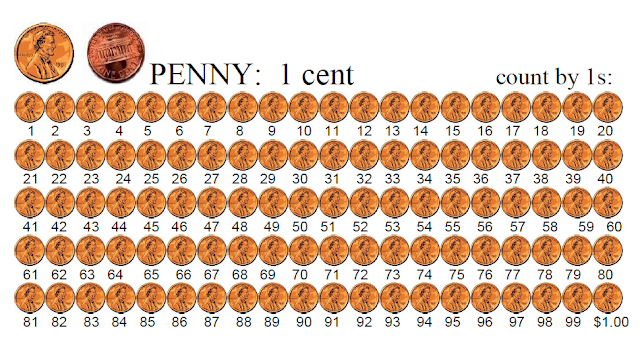2016 Red Ribbon Week
YOLO. Be Drug Free! #YouOnlyLifeOnce
OCTOBER 24 – OCTOBER 28
Parents: We want students to enjoy celebrating drug
prevention week. It is important that
all dress days are appropriate to wear to school and will not cause a distraction
in the classroom. Shorts or skirts above
the knee may not be worn.
Monday,
October 24: Don’t Make Yourself A Target!
-Wear a
Camo Shirt!
Tuesday,
October 25: Wherever You Go, Just Say No!
-Wear a
Tacky Tourist Top!
Wednesday,
October 26: Our School is Drug Free!
-Wear a
red shirt!
Thursday,
October 27: Don’t be a zero, be a super hero!
Say no to drugs!
-Wear your
favorite Super Hero Shirt!
Friday,
October 28: I can be ANYTHING!
-Book
Character Day!









































